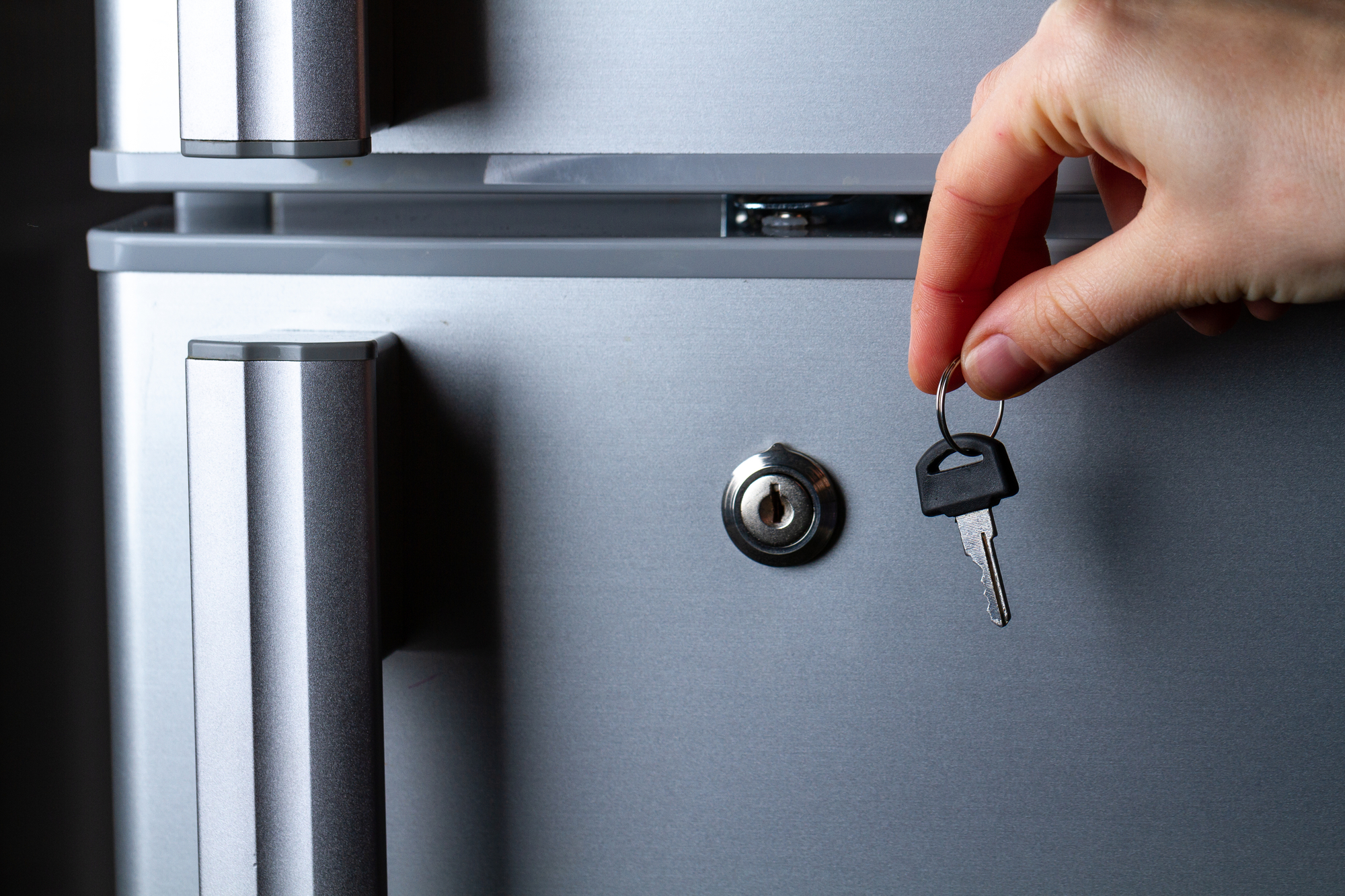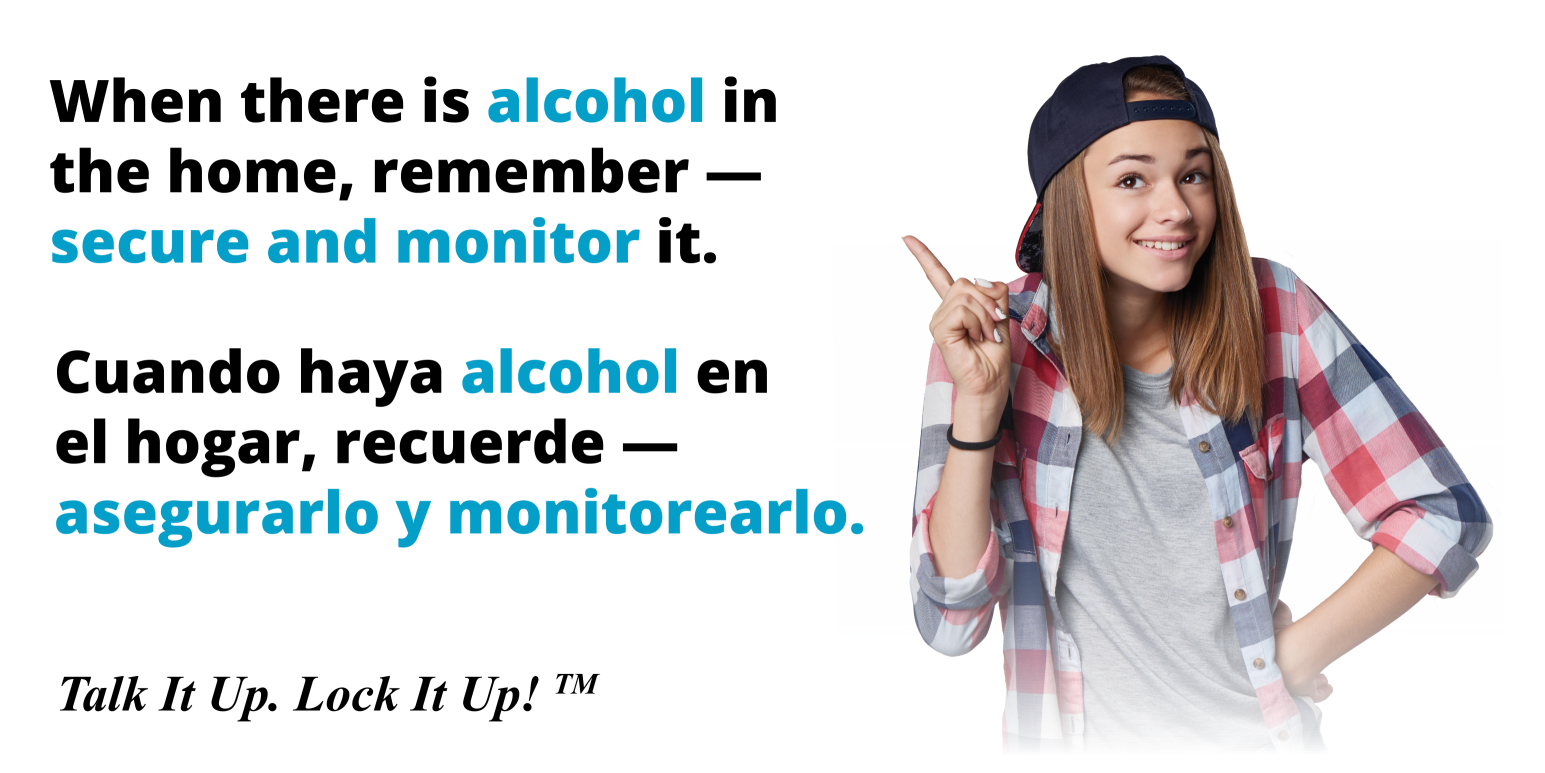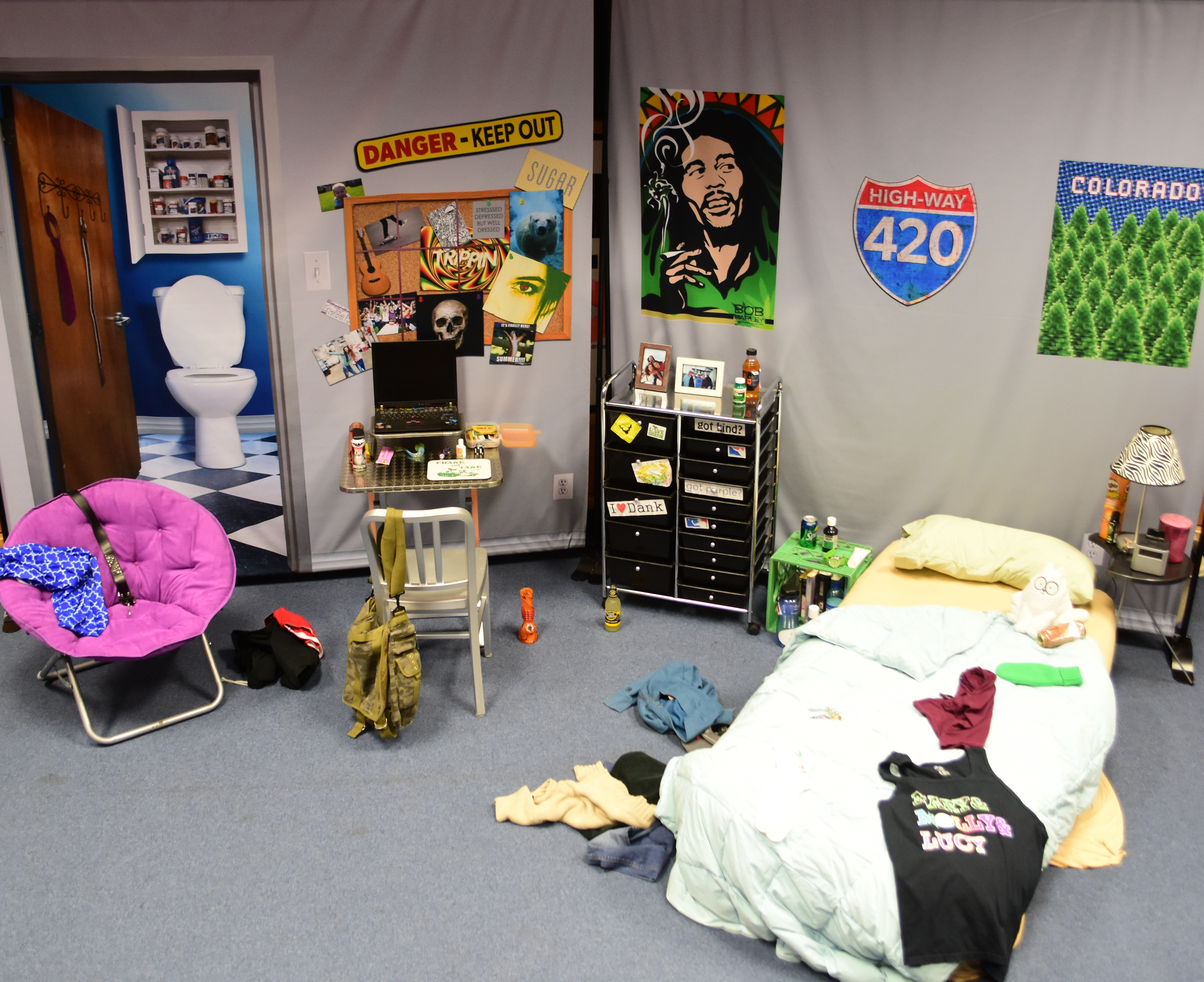
Underage Drinking is Preventable: It’s Alcohol Awareness Month
Susan Foster, CPS
Substance Use Prevention Assistant Director
As a substance use prevention specialist with the Poe Center, I often hear misperceptions from the community about youth alcohol use. Because April is Alcohol Awareness Month, I want to bring awareness to some of the more common myths about underage drinking and explore ways to keep our youth and communities safe.
MYTH | “I can’t stop the problem of underage drinking.”
REALITY | As an adult, you play a critical role in shaping the habits of the children in your care. Research states that talking to youth about underage drinking, disapproving of the behavior, and taking action to prevent it are the biggest factors in whether or not your child will use alcohol before age 21. You can reduce youth access to alcohol and improve their future by securing and monitoring alcohol in the home.
MYTH | “I know that my kids aren’t drinking. They would never use the alcohol I bring home.”
REALITY | Research shows that the home is a common place that youth access alcohol, often without parents knowing. Two-thirds of youth who access alcohol get it from a residential home. Youth will water down liquor bottles so that changes in volume aren’t detected and rely on their parents losing count of beers in the family refrigerator. Youth who want to access alcohol are counting on these tricks to have their drinking go unnoticed.
MYTH | “I like to have my alcohol cold when I serve it. It is just so convenient to leave it in the fridge.”
REALITY | Alcohol doesn’t need to be chilled for long periods of time in order to be served. Within 15 minutes of refrigeration, alcohol reaches a temperature low enough to be served. Should you desire to keep alcohol chilled, purchase a mini refrigerator that locks and is located away from the main household refrigerator.

MYTH | “Kids are going to drink anyway. It is better if I let them drink at home under my supervision.”
REALITY | This thought is understandable, but this is not supported by research. Numerous studies have shown that kids who are allowed to drink before 21 years old are more likely to engage in riskier drinking and more likely to have future alcohol-related problems when compared to kids whose parents did not allow underage drinking. Supervised or unsupervised, underage drinking exposes the growing adolescent brain and body to a variety of physical and emotional risks.
MYTH | “Drinking doesn’t hurt youth that bad. We did it as kids and we turned out fine.”
REALITY | The bodies of minors are still developing. Alcohol stunts brain development and hurts physical health. The bodies of adolescents are in a more addictive state than adult bodies, making it easier for youth to get hooked on alcohol. Youth who start drinking before age 15 are five times more likely to develop alcohol use problems later in life compared to those who begin drinking at age 21 years old. Data shows that if a young person can delay use until their mid-twenties, the chance of developing a substance use disorder greatly decreases.
Since 1988 alcohol has been listed by the World Health Organization as a Group 1 Carcinogen and is identified as either the second (Goodaerz, 2005) or third (Parkin, 2011) leading preventable cause of cancer. Researchers now recommend zero alcohol consumption as the safest level for cancer prevention (Latino--Martel, 2011).
What can you do to reduce youth alcohol use? Talk it up, lock it up, model positive behaviors, and share your experiences:

TALK. Talk to the youth in your life about the dangers of underage drinking. Set clear expectations around the use of alcohol. It’s never too early to start the conversation.
Check out SAMHSA’s Talk, They Hear You campaign for video tips on how to have a conversation.
LOCK! The home is the number one place youth access alcohol. It’s important to monitor and secure alcohol in the home. Take inventory and regularly check any alcohol in the home. Make sure alcohol is not easily accessible by putting it in locked spaces. Contact the Poe Center to learn more and to receive a lock for your fridge or cabinet.
MODEL. Our children are not just listening to us, they are watching us and modeling our behaviors. It is important for youth to see the adults in their lives modeling lower-risk drinking. The 0-1-2 lower risk alcohol consumption guidelines are as follows:
- 0 Drinks: If you are under age 21, pregnant, nursing, driving, in treatment or recovery for alcohol addiction, or want to lower your risk for cancer, no alcohol is recommended.
- 1 Standard* Drink Limit: Per day for women/female-born adults.
- 2 Standard* Drink Limit: Per day for men/male-born adults.
*A standard drink is one 12-ounce beer, 5 ounces of wine, or 1.5 ounces of 80-proof spirits.

SHARE. Talk to other adults. Share your experience and the value of communicating with youth about the dangers of underage drinking.
The Poe Center has programs for both youth and parents/caregivers on youth alcohol use prevention. Contact us to schedule a program for your school, community group, or faith-based organization.
Featured Poe Program:
Drugs Uncovered: What Parents Need to Know
Drugs Uncovered: What Parents Need to Know is an interactive program that targets parents/caregivers of upper elementary, middle school, and high school students. Drugs Uncovered introduces parents/caregivers to the current trends regarding alcohol, tobacco, and other drugs; health risks associated with adolescent use/abuse; the North Carolina alcohol laws and parental responsibility; and techniques for open communication and dialog with adolescents.
Adult Program
Program Length: 2-hour workshop and exhibit

